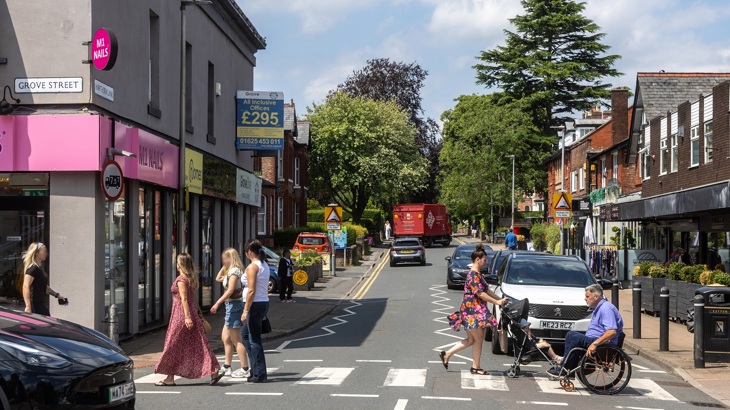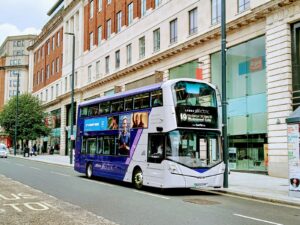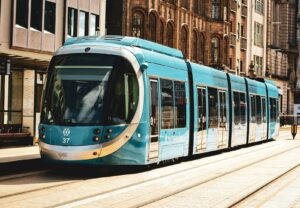A new report titled ‘Transforming mobility’ has suggested a number of solutions for breaking down the barriers to mobility faced by disabled people.
The research was led by Sustrans’ policy team alongside the disabled-led charity Transport for All and is based on the findings of a 2024 survey of 1,107 disabled people across the UK. It was funded by the Motability Foundation.

In that report, 53% of respondents felt the government wasn’t doing enough to help them be active or access nature, while 48% felt transport wasn’t affordable.
Dr Ruth Cumming, Senior Research Officer at Transport for All, said: ‘We all need the freedom to travel – for work, for school, for shopping – and to make those journeys easily and safely.
‘Disabled people are often blocked from that. Including disabled people as experts in transport and urban planning ensures our requirements are built into developments, creating streets, communities and cities that we can all use and enjoy.’
The report suggests that Local authorities could make streets safer and more accessible by adopting five key measures:
Balance Street Space: Use Streetspace Allocation Frameworks and Traffic Circulation Plans to create dedicated, safe routes for walking, wheeling, cycling and public transport. This could involve reducing car space while maintaining essential access, especially for disabled people. A majority of disabled people support reallocating space and reducing car use.
Create Mobility Hubs: Connect transport modes – such as buses, trains, cycling, and walking – at central points like hospitals and shopping centres. These hubs should also provide amenities like seating, toilets and cafés, and be fully accessible. 81% of disabled people support making transfers between transport modes easier.
Prioritise Side Road Crossings: Introduce low-cost side road zebra crossings (without the associated belisha beacons, zigzag markers etc) to give pedestrians and wheelchair users clear priority over turning vehicles. These would increase safety and driver compliance.
Manage Parking: Free up space by reducing unnecessary parking. Use it for bus lanes, greenery or to declutter pavements. Disabled parking must still meet local needs.
Establish Access Panels: Set up paid panels of disabled people to shape transport policy. 65% support funding these groups to ensure their voices guide planning.
Tim Burns, Head of Research at Sustrans, said: ‘The next ten years will see exciting changes in how we move around our cities, as local authorities respond to the UK’s economic, health and environmental challenges with visionary transport plans.
‘To be truly transformative, these plans need strong local leadership and must put disabled people at their heart.
‘We know disabled people face greater barriers to getting around and accessing the things they need to live well – while also wanting to travel more sustainably.
‘Our report highlights tried and tested ideas, increasingly being adopted across the UK. Disabled people want transport to change.
‘When disabled people are represented, the outcomes are better for everyone.’
The full report can be read here.
Photo: Chris Foster/Sustrans

















Leave a Reply